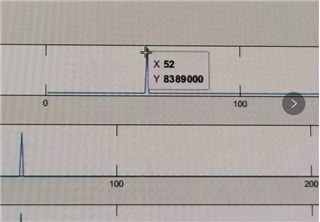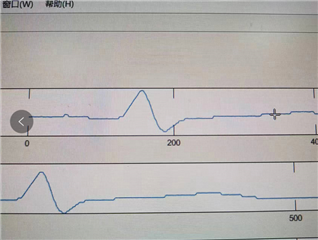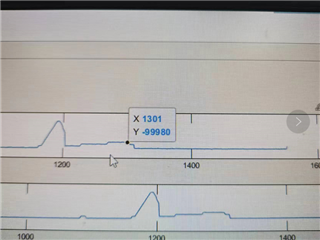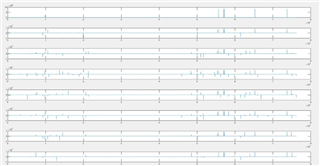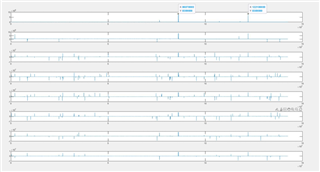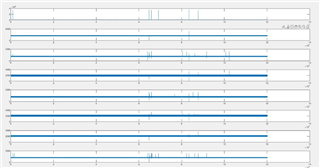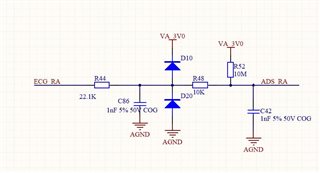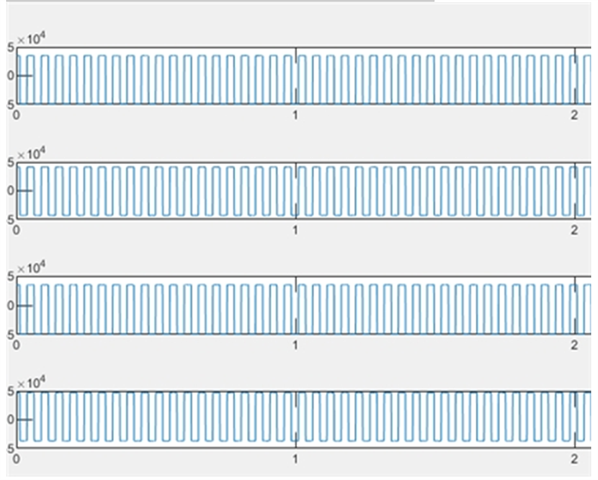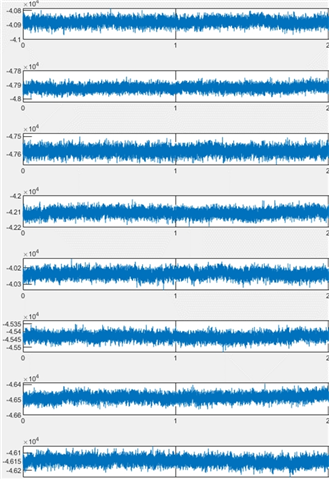Dear Expert
When we collected normal electrocardiogram data using ADS1298 chip design, we found a small amount of pacing signal values. For example, after collecting 10 hours of data, it is found that there may be 4-12 pacing signals in the collected electrocardiogram signals, which are randomly distributed.
The test conditions are normal sinus rhythm (adult), heart rate 60, amplitude 1mv
Below is signal generator
...
And these is the waveform
